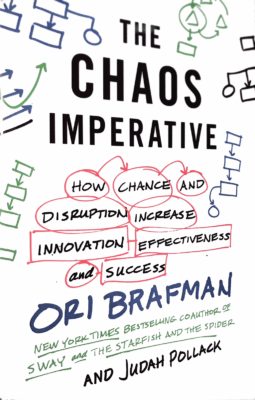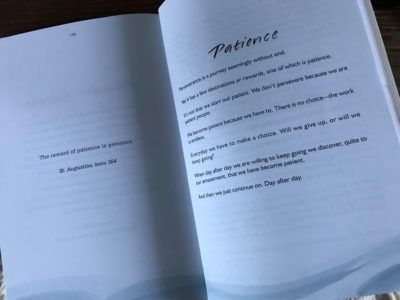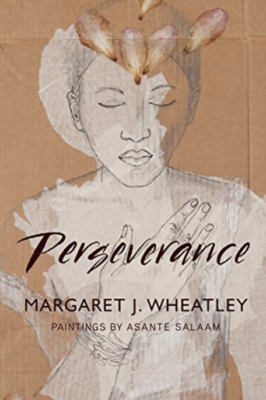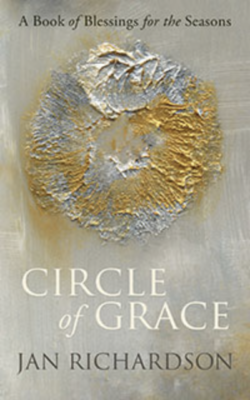
I’ve been reading a bit on chaos lately, particularly from the book above by Ori Brafman and Judah Pollack. There is much that I love in this book that applies to working with groups to help create good containers for learning and for connection. There is much that I like in the title and subtitle. “Imperative” is a strong word to me. It connotes something that is essential, that you can’t do without. This book helps bring forward more of the narrative about how essential chaos is for all of the good things listed in the subtitle — chance, disruption, innovation, effectiveness, success.
A particular part that I find myself thinking about from this book is about the importance of edges. Edges in systems. Edges in learning. Edges in communities. It’s at the edges, at the boundaries, that some of the most fruitful possibilities exist. The edges and boundaries are where seemingly unrelated things are able to relate. Or, at least mash things up bit. And evolve.
Meg Wheatley is one of the people that I’ve most appreciated for welcoming the narrative of the importance of chaos and life at the edges. It was 1992 when I first met her, beginning what would become now 26 years of working and friending together. Meg had just written Leadership and the New Science: Discovering Order in a Chaotic World, which among other things, invited people into a relationship with seemingly unconnected things. Meg wrote about living systems as they connect to leadership. She wrote about chemistry (and how a diagram for a chemical reaction more accurately describes organizational systems than neatly defined org charts). She wrote about biology (and how organizations are living systems, not machines, and thus evolve like living systems). Meg wrote about physics (and how living systems move toward higher levels of order by using messes to get there). Meg connected the fruitful areas of science, new science, to leadership. That helped to change the story and practice of what leadership was all about.
My life of working with change and dialogue began with Meg. In the early 2000s, friendship and colleagueship brought me to The Art of Hosting body of work. More good people working the edges and the narrative of the importance of chaos and non-linearity. Through The Art of Hosting, arose a process technology that combines Open Space Technology with World Cafe — Pro-Action Cafe. It’s a process that, among other things, brings naive experts to small table conversations to support one person’s project (and that they might know little about — working with strangers, temporarily). It moves energy to action. Pro-Action Cafe creates intersection at the boundaries. As Ori Brafman might call it, “planned or organized serendipity.” It’s the kind of evolution that you can’t plan, and that comes from surprise encounters. On the edges.
In the late 90s is also when I first discovered The Circle Way. Learning with Ann Linnea and Christina Baldwin, circle would become a foundational practice for all of the leadership work that I’ve been involved with. Circle creates structure for how people turn to one another. For learning, yes. For connection, yes. For surprise, yes. For honesty, yes. It occurs to me that circle is a format for helping to weave the edges, and to welcome the surprises that chance and disruption give birth to.
I really enjoyed the Chaos Imperative. I enjoyed the feeling while reading it. I enjoyed the content. I enjoyed the invitation to come into more relationship with chaos — not as a “thing” but rather as a way of being that encourages being with life itself.
One further bit for the part of me / us that likes lists. Brafman offers 5 Rules of Chaos. I’ve added a bit of thought to each.
- Beware the Seduction of Data and Measurement — It’s so easy to fall in love with data. It’s so attractive for most of us to feel embraced by the sensation of certainty that measurement can bring. Let’s be clear, evaluation matters, and varies across contexts on what is relevant. But too much attention to data abolishes the appreciation for the aliveness, and uncertainty that chaos brings.
- Organize Chaos — There’s plenty of methods to use these days that connect groups of people in powerful learning and planning. Open Space Technology is a goto for me. Just enough structure (the bulletin board of offerings) to bring coherence and purpose. Enough freedom to deserve the name of life.
- Make White Space Productive — I think of working well in groups as having three simultaneous components that I first learned through pal, Chris Corrigan. Work. Learning. Relationship. They are all productive, and sometimes one needs more attention that another.
- Embrace Unusual Suspects — I think of these as wild cards. Often when working with groups that are facing the question of who to invite to a gathering, I encourage them to name all of the regular people, the obvious ones, AND to think about wild cards. Those that aren’t the first wave of people. Those that will help us think differently. Edges. Chaos. Imperative.
- Organize Serendipity — This is similar to number 2 for me. Serendipity often connotes a kind of luck. Or surprise alignment. It’s the kind of thing that can happen when people are given opportunity to bump into one another. I use milling exercises. I use a variety of containers / methods to encourage even just the softening into welcoming serendipity.
Here’s to chaos, what we loved as 5 year-olds, and what was schooled out of us.
Here’s to meetings at the edge, and the courage it takes to reinvoke the wonder of difference and the surprise alignment it can create.







